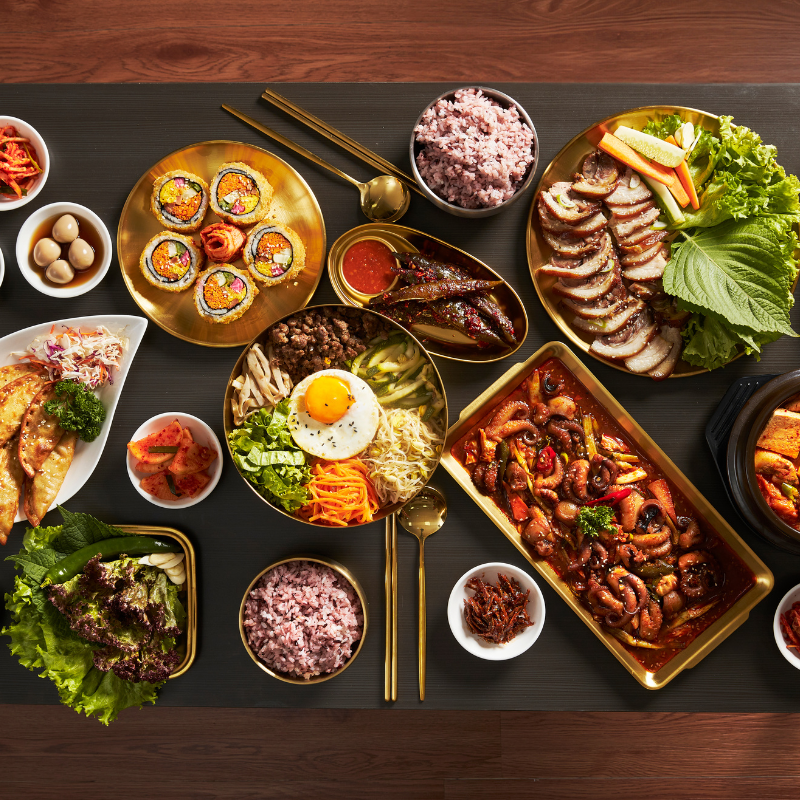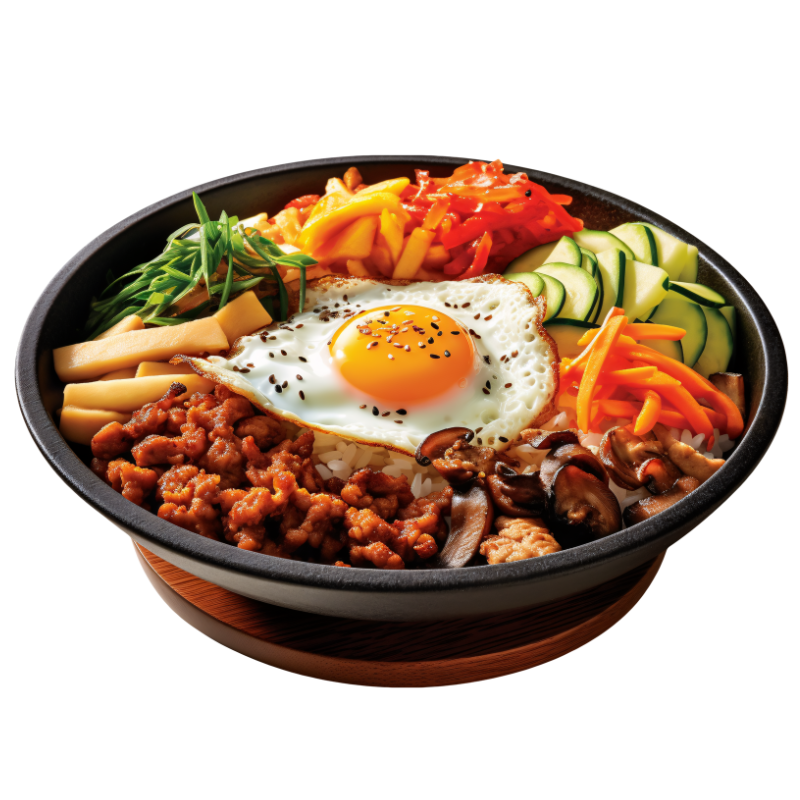Korean dining etiquette is more than just eating—it’s a way to show respect, gratitude, and consideration for those you’re sharing a meal with. Rooted in tradition, these customs can feel overwhelming at first, but they’re easy to grasp with a little practice. Whether you’re visiting Korea, dining with Korean friends, or just curious about the culture, this guide breaks down the essentials in a simple, beginner-friendly way. Let’s dive into the dos and don’ts of Korean table manners!

Before the Meal: Setting the Tone
- Seating Arrangements
In Korean culture, seating isn’t random. The most comfortable or prominent seat—often at the head of the table—is reserved for elders, guests, or someone of higher status. If you’re with older people or hosts, let them sit first as a sign of respect. - Wait to Start
Don’t dig in right away! It’s polite to wait until the eldest person or the host picks up their utensils. This small gesture shows you’re in sync with the group. - Say “Jal Meokkesseumnida”
Before eating, say “Jal meokkesseumnida” (pronounced jal-mok-kes-seum-ni-da), which means “I will eat well.” It’s a simple way to express gratitude for the food and the people who prepared it.
During the Meal: Mastering the Basics
Using Chopsticks and Spoons
Korean dining comes with a unique twist: you’ll use both a spoon and chopsticks.
- Spoon: For rice, soup, or stews.
- Chopsticks: For side dishes (banchan).
- Rule: Don’t hold both at the same time—use one, then the other. Also, avoid stabbing food with chopsticks; it’s considered rude.
Handling Bowls and Dishes
- Traditionally, lifting your rice or soup bowl off the table is a no-no. Keep it grounded while you eat. (Note: Some younger Koreans might lift bowls casually, but it’s safer to follow the traditional rule in formal settings.)
- When sharing soup or stew, use a ladle to serve yourself into a smaller bowl—don’t sip straight from the communal pot.
Reaching for Food
- Stick to the side dishes closest to you. If something’s out of reach, politely ask, “Could you pass that?” or carefully stretch for it without disrupting others.
- Be neat—spilling broth or dropping food is a faux pas.
Pace Yourself
Match your eating speed to the group. Eating too fast or too slow can make others uncomfortable. Aim for a relaxed, steady rhythm.
Keep It Quiet
Chewing loudly or slurping soup noisily isn’t polite in Korea (unlike some other cultures). Eat quietly to show respect.
Conversation Tips
Light chit-chat is fine, but don’t dominate the table with loud stories or talk with your mouth full. If you need to cough or sneeze, cover your mouth and turn away.
Drinking Etiquette
If alcohol’s involved (like soju), there’s extra etiquette:
- Pour for elders with both hands as a sign of respect.
- Let them drink first before you take a sip.
- When receiving a drink, hold your glass with both hands.

After the Meal: Wrapping Up
- Utensil Placement
When you’re done, place your spoon and chopsticks neatly on the table—not on top of bowls or plates, as that signals you’re still eating. - Say “Jal Meogeosseumnida”
After finishing, say “Jal meogeosseumnida” (jal-mok-uh-sum-ni-da), meaning “I ate well.” It’s a heartfelt thank-you to the food and the host. - Offer to Help
If you’re at someone’s home, offer to clear the table or wash dishes. Even if they decline, the gesture leaves a great impression.
Special Situations
Dining with Elders
- Always prioritize their comfort—offer them food first or serve them a portion.
- Listen attentively and avoid actions they might find disrespectful (like fidgeting).
Formal Occasions (e.g., Meeting the In-Laws)
- Dress neatly and keep conversation polite and neutral.
- Minimize noise and movement to maintain a respectful vibe.
As a Guest in a Korean Home
- Arrive on time (not too early or late) and consider bringing a small gift, like fruit or snacks.
- Compliment the food—it’s a kind way to show appreciation.
- Don’t rummage through their fridge or wander around unless invited.
- Offer to help clean up, but respect it if they insist you sit back.
What to Avoid: Common Mistakes
- Sticking Chopsticks in Rice
Never leave chopsticks upright in a bowl—it resembles incense at funerals and is considered bad luck. - Eating from Shared Dishes with Your Utensils
Use serving spoons or chopsticks for communal food. Dipping your personal utensils in is unhygienic and rude. - Wasting Food
Korean culture values food, so take only what you can eat. If you can’t finish, explain politely (“I’m full, thank you!”) to soften the impact. - Fidgeting at the Table
Shaking your leg or resting your chin on your hand can come off as disrespectful or restless. Sit still and stay engaged.
Final Thoughts
Korean dining etiquette might seem detailed, but it all boils down to one thing: respect. Whether it’s waiting for the host, using utensils correctly, or thanking the cook, these habits show you care about the people around you. Don’t worry if you slip up—Koreans are often forgiving, especially with foreigners who make an effort. So next time you sit down for kimchi and rice, you’ll feel confident and ready to enjoy the meal like a local!
Have you tried Korean food before? Let me know in the comments—I’d love to hear your experiences!